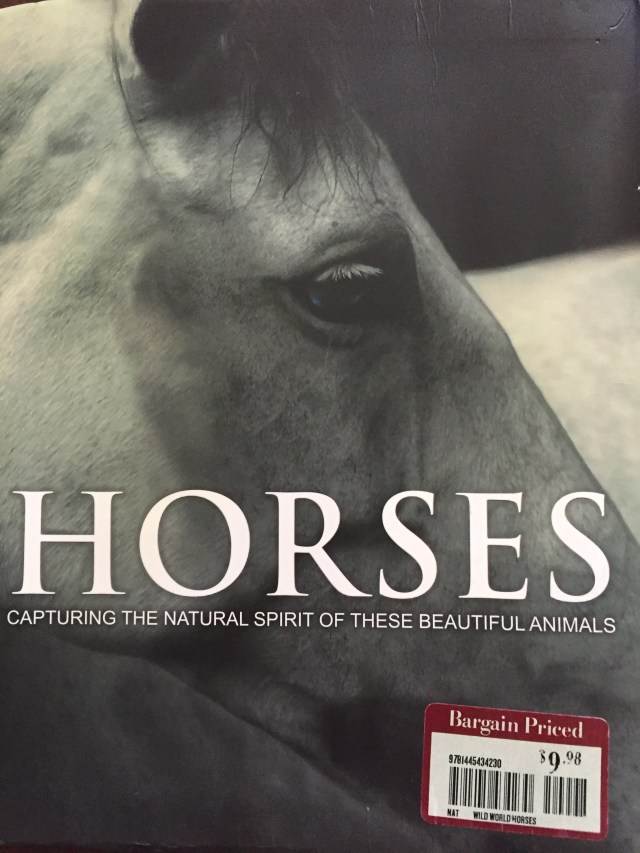
It seems that every horse coffee table book I’ve ever picked up from a book store bargain table always includes Arabian horses. I started thinking about this because I was disappointed that the book pictured above doesn’t contain one of my favorite breeds, Marwari. But then I thought, well, I guess it would be pretty impossible to include every breed of horse in every coffee table book. But then I thought further and realized they always include Arabians. (At least the ones I’ve seen.)
This book even has one section completely devoted to them:
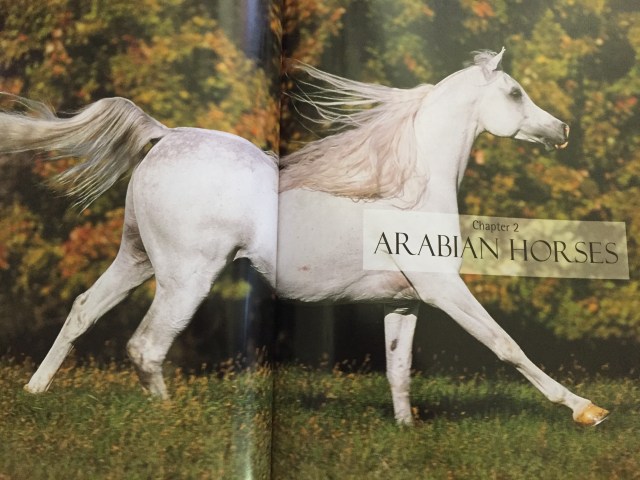
While the rest of the breeds are grouped into categories:

A quote from the book: “With his tiny curved ears, large liquid eyes, extravagantly dished face and luxurious mane and tail, the Arabian is the horse of dreams.”
Another quote: “This beautiful ancient breed is thought to go as far back as 3000BC and has strongly influenced many of today’s more modern breeds of horse.”
I’ve been aware for some time that the Arabian horse influenced many other breeds, most notably the thoroughbred through the three foundation stallions;
The Byerley Turk:

The Darley Arabian:

And the Godolphin Arabian (my personal favorite):

(I’ll write more about these three Arabians in another post.) I was surprised to learn that Arabians also directly influenced the American Quarter Horse. Growing up in Texas, it always seemed that Quarter Horse owners and Arabian owners are of different mindsets. It still seems that way actually. So other than a little Arabian blood coming through to the American Quarter Horse via early Thoroughbred foundation stallions, I had no idea that there were full blooded Arabians among the early Quarter Horses until I read an article in the December 2018 issue of Equus that mentioned two Crabbet-bred Arabians who were direct sire-line descendants of Mesaoud, one of the foundation sires of the Crabbet Arabian Stud in England.
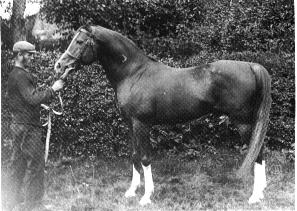
The stallions were Astraled and Ribal:
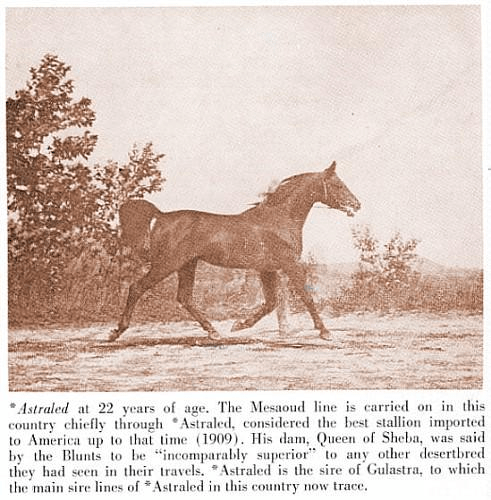
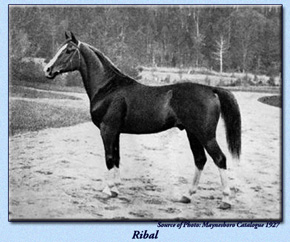
I never tire of learning about Arabian horses and their influence on other breeds and their appearance throughout human history. I have much more to learn about the Arabian horse, but as in everything I love, I am a life-long learner. I welcome comments and additional information as I know this blogpost just barely scratches the surface. I’m learning as I write!
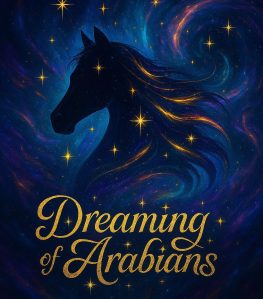

Great job Carla , you are very talented !
LikeLiked by 1 person
Thank you Renata! That means a lot!!!
LikeLike